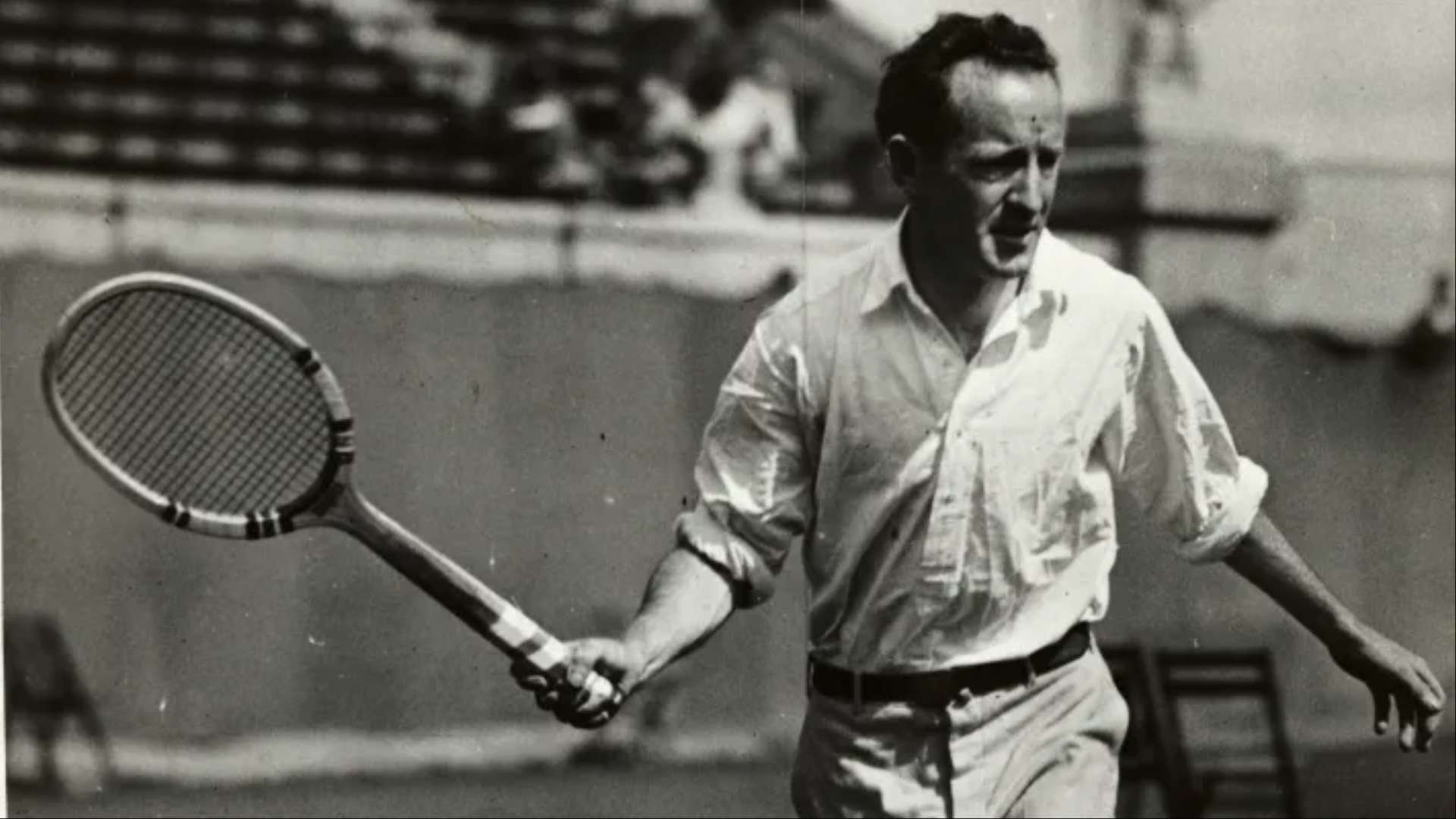Physical Address
304 North Cardinal St.
Dorchester Center, MA 02124
Physical Address
304 North Cardinal St.
Dorchester Center, MA 02124

Since the United States ends for a decade, it has not always been the same.
Nine years since Serena Williams lifted in 2016, Venus has taken Venus Venus, while for men for men, Peter Sampras has won its seventh titles at the England Club.

6
With the full championship, the United States remains with two players standing in both men and women.
Ben Shaletton, Taylor Fritz, but Navaro and Amanda Anisimova are leading their hope to follow Sampras, Andre Agassi, John McNeram, Jimmy Conras, Billy Jean King, Martina Nauratiilva, Chris Ort and Williams Sisters.
In the early 1900s, a young boy named William Bill, who was immersed in tennis after his natural disaster, was unaware of how much his legacy was in the sport.
Born in 1894, Johnston chose a rocket for the first time in 1906 when he was only 11 years old.
That same year, San Francisco – the seventh largest city in the United States – suffered a devastating earthquake that caused uncontrollable fires that lasted three days.
Thousands of people were destroyed and almost half of the city’s population remained homeless.
As a result, schools were closed for months.
Johnston went to tennis courts with a surplus time to fight boredom and inhibit his skills at the same time.
Four years later, Johnston won his first tournament in the 1910s in 1910.
Quick in 1915, and he won the US Men’s Single Championship against Maurice McLeflin, and then defeated Bill Tilden’s superstar four years later.

6
Johnston, Bill’s “Little”, because of his 5 -foot 8 feet, Johnston later lived in the shadow of the Big Bill “for his remnants, while the latter is one of the greatest players of all time.
These two are very good combinations, and together, they helped Americans win the Davis Cup in the seven consecutive years – a record for the longest inert success in competition history that began in 1900.
Overall, in the Davis Cup, he had an exceptional 18-3 record, of which 14-3 were single.
Tilden later wrote about his teammate and the biggest competitor in his 1925 book, “The Race and the Ball Rotation”, about how to play against each other.
“Johnston and I are playing together because each of them is afraid of having another land to be overwhelmed to fall into the network,” Tilden wrote.
“But anywhere we are choosing for the opening that lets us offensive and bring it to a pure position.”

6
Johnston’s single -songwriting titles in the United States in 1915 and 1919 helped him rank 1 by the US Tennis Tennis Association.
During those early years, he also won the series in the form of Doubles.
Along with the Dual Clarence Griffin partner, he won three Grand Slam titles in the United States in five years, in 1915, 1916 and 1920.
In addition, he also won the United States in 1921 in 1921 when he collaborated with Marie Brown in the form of mixed doubles.
Johnston was looking for another with two victories of Grand Slam in his name, all of which came to the United States, though it takes four years.
By traveling to the pond, Johnston defeated Wimbledon’s single-man champion in 1923, Frank Hunter 6-0, 6-3, 6-1.

6
This will be his last Grand Slam victory, as he then lost his three finals to his biggest rival Tilden in 1923, 1924 and 1925.
Johnston eventually competed as a runner in six games of the 9 Grand Slam final between 1915 and 1925.
It is believed that Johnston is famous for his heavy forehead approach, the first to introduce the Western grip, something that is still somewhat rare in the modern game.
Big Bale also wrote in his book about Johnston’s forehead.
“William M. Johnston’s forehead is undoubtedly the biggest tennis shooting in the world, none of them,” Tilden said.
“He seems to be able to use it at any degree of speed, carefully annoying the fastest coverage of the court, and the stable that has discouraged every opponent he has ever faced,” he said.
“No stroke has been created by any other player so far to equal its public reliability.”

6

6
For example, twenty -four times the winner of Grand Slam, Djokovic, has used a half -western fork during his career, although his forks are so severe and he imagines that they are Western.
Nadal was the same, and he also achieved a great success that won him for four open US championship titles and 14 open French championship titles during his star work.
Given its benefits in clay and hard courts, modern experts on these levels are being adopted, which has eventually seen its prominence increased.
For example, the current IGA Swatek uses it, and he has previously won Open and Roland-Garros before the age of 24.
Johnston retired from 1927 tennis at the age of 32 and died of a period of tuberculosis just 19 years later at the age of 51.
However, Johnston’s legacy has undoubtedly formed tennis as the game we know today.